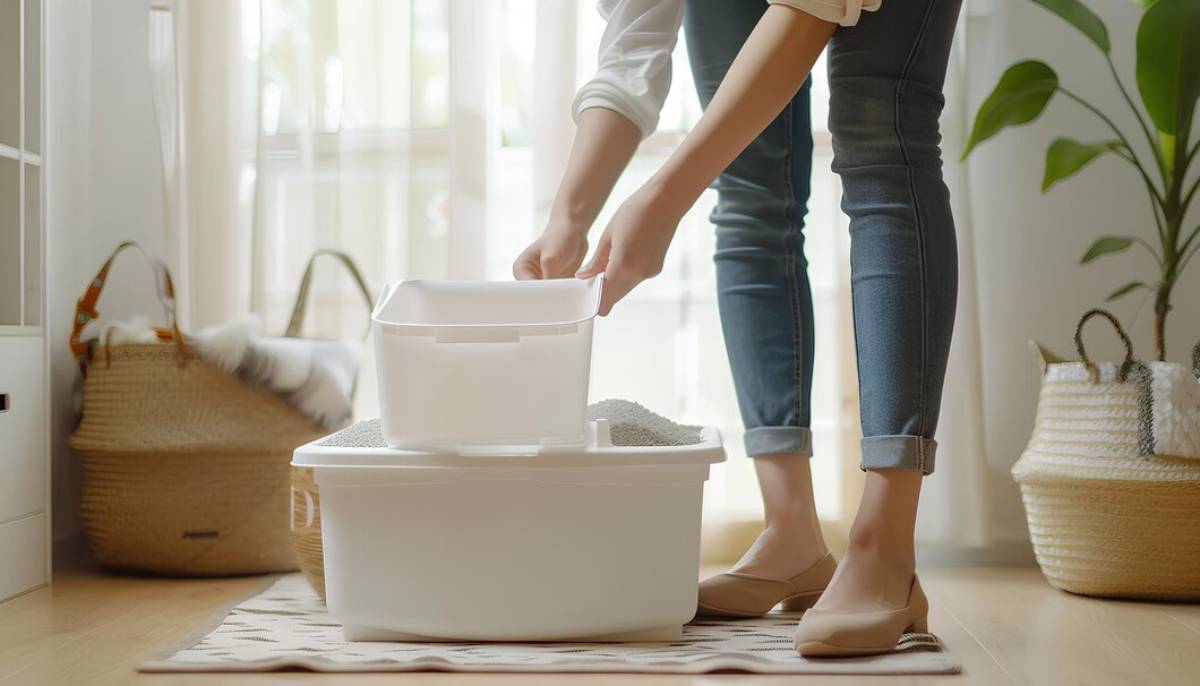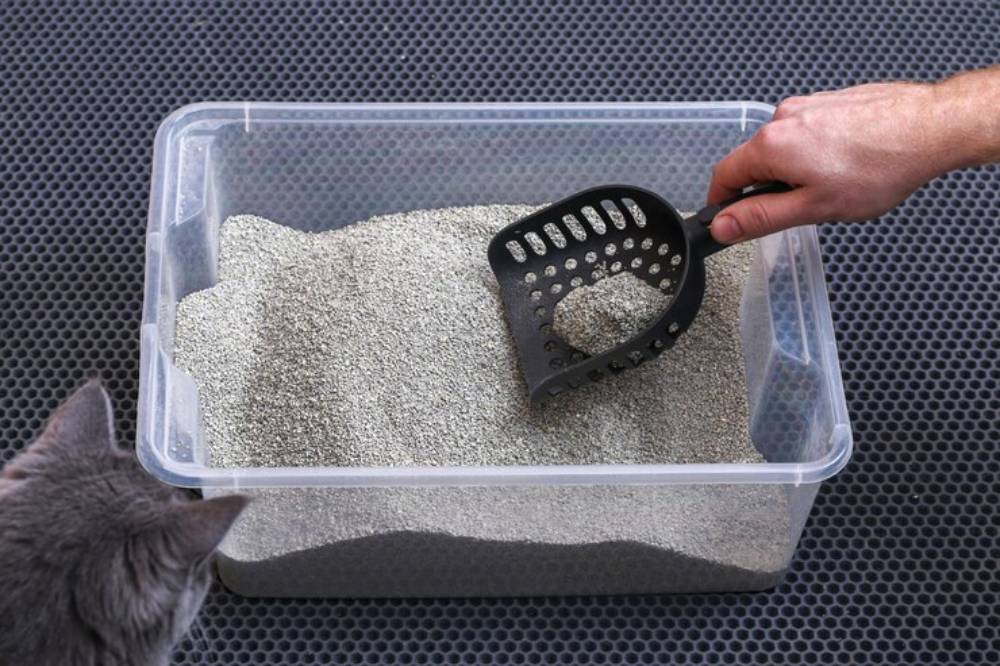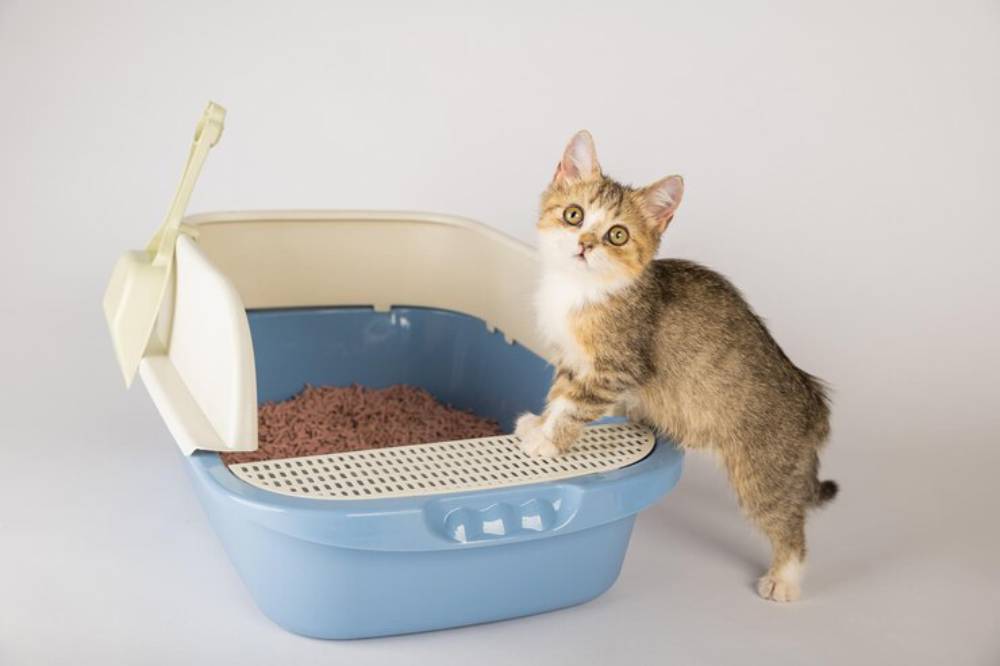
Best Practices for Litter Box Hygiene
If you’ve ever caught a whiff of a neglected litter box, you’ll know just how essential proper litter box hygiene is. Whether you’re a seasoned cat parent or a first-time feline carer, one truth remains: a clean litter box is key to a happy, healthy cat—and a fresher home for you.
Let’s be honest, litter box maintenance isn’t the most glamorous part of pet ownership. But here’s the good news—it doesn’t have to be a nightmare. With the proper habits, tools, and know-how, keeping your cat’s toilet tidy becomes second nature. Not only will your furry friend thank you (in their subtle way), but you’ll also help prevent odours, mess, and health issues.
In this guide, we’re diving deep into litter box hygiene tips, keeping the litter box clean, and ensuring that cat litter box sanitation is on point. You’ll find practical advice, expert insights, and easy routines to make this task less like a chore and more like a loving gesture to your pet.
Why Litter Box Hygiene Matters
Cats Are Naturally Clean Creatures
Ever noticed your cat grooming itself endlessly? That’s not vanity—it’s instinct. Cats are meticulously clean animals and expect their toilets to reflect the same standard. A dirty box can stress them out, leading to undesirable behaviours like peeing outside the box or holding it in, which can cause urinary tract issues.
Health Implications for You and Your Pet
Poor litter box hygiene can lead to:
- Bacterial build-up, including parasites like toxoplasmosis
- Respiratory issues from ammonia exposure (yes, even for you!)
- Feline lower urinary tract disease (FLUTD) due to stress or infection
By keeping things clean, you’re safeguarding both your health and your cat’s well-being.
Setting the Stage: Litter Box Basics
Before we talk about cleanliness, let’s cover the essentials. Are you starting with the proper setup?
1. Choose the Right Litter Box
- Size matters: The box should be at least 1.5 times the length of your cat. A cramped space discourages use.
- Open vs. covered: Some cats prefer privacy, while others don’t like the confined feeling of a hooded box. Observe and experiment.
- Number of boxes: The golden rule? One per cat, plus one extra.
2. Select a Suitable Litter
Not all litters are created equal. Clumping clay, biodegradable pellets, silica crystals… each has pros and cons. Try to match the litter type to your cat’s preference. Cats can be surprisingly picky!
Look for:
- Low-dust formulas (especially for asthmatic cats or humans)
- Odour control features
- Soft texture that’s gentle on paws
Daily Litter Box Hygiene Tips
Consistency is key. Here’s what you should do daily to keep your litter box fresh and your cat content.
1. Scoop Twice a Day (Yes, Really)

Cats don’t appreciate stepping into yesterday’s mess. Scooping in the morning and evening helps prevent odour and encourages regular use. If you have multiple cats, scoop more often.
2. Stir the Litter
After scooping, give the litter a quick stir. This helps distribute fresh litter and prevents waste from clumping in layers at the bottom.
3. Check for Signs of Trouble
Scoop time is also a health check.
Keep an eye out for:
- Changes in urine colour or volume
- Unusual smells
- Blood or mucus in stool
These could be signs of medical issues worth discussing with your vet.
Weekly Litter Box Cleaning Routine
1. Empty and Wash the Box
Complete emptying the box once weekly (or more often if you use non-clumping litter).
Steps to follow:
- Dispose of old litter in a sealed bag.
- Wash the box with unscented soap and warm water.
- Avoid bleach or ammonia-based cleaners—they’re harsh and cats hate the smell.
- Dry thoroughly before refilling.
Pro Tip: Have a spare litter box so your cat isn’t left without one during cleaning time.
2. Disinfect Smartly
Occasionally, disinfect with a pet-safe cleaner or a diluted white vinegar solution. It helps eliminate bacteria without leaving harmful residues.
Monthly Maintenance & Monitoring
1. Deep Clean and Inspect
Once a month, give the box a thorough inspection.
Look for:
- Scratches where bacteria can hide
- Lingering odours even after cleaning
Replace plastic boxes every 6–12 months if they show wear.
2. Rotate or Refresh Litter Type
Cats can get bored with the same old texture. Switching litter brands occasionally (with a gradual transition) can keep things interesting for them and might even improve odour control.
Common Mistakes to Avoid
Even the most loving cat carers slip up sometimes. Here are a few common litter hygiene blunders:
- Neglecting to scoop daily
- Overfilling the box (5–7 cm of litter is ideal)
- Placing the box in a noisy or high-traffic area
- Using strongly scented litters that offend your cat’s sensitive nose
- Forgetting to replace the box itself
Cat Behaviour and Litter Box Use
Sometimes, a cat’s reluctance to use the litter box stems from cleanliness, or lack thereof. But other times, the problem might be behavioural.
Watch for the Warning Signs:
- Elimination outside the box
- Frequent attempts without producing urine
- Avoidance of the litter box altogether
If cleanliness isn’t the issue, consult your vet. Medical or anxiety-related problems might be the root cause.
Products That Make a Difference
Want to make your litter routine smoother? Here are a few gadgets and tools worth considering:
- Litter mats: Traps stray litter before it spreads through your home
- Scoop with sifter holes: Makes the job quicker and more effective
- Odour-neutralising sprays: Pet-safe options help keep things fresh
- Automatic litter boxes: Ideal for busy households (though not every cat likes them)
Bella the Bengal’s Turnaround
Tell you about Bella—a Bengal cat suddenly avoiding her litter box. Her owner, Jamie, was frustrated and worried. She’d changed the litter brand, bought a fancy covered box, and even added essential oils nearby to improve the smell.
Big mistake. It turned out that Bella hated the new litter and couldn’t stand the strong scent of lavender. Jamie returned to basics: unscented clumping clay, an open box, and a strict twice-daily scooping schedule. Within a week, Bella returned to using her box like a champ.
Moral of the story? Listen to your cat. And when in doubt, simplify.
Clean Box, Happy Cat

Keeping your cat’s litter box clean might seem small, but it makes a difference. From health to happiness, your cat relies on a sanitary space to do their business. And let’s face it, a fresher-smelling home is a win for everyone.
By following these litter box hygiene tips, staying consistent, and paying attention to your cat’s behaviour, you’re not just being a responsible pet parent—you’re showing love in a way your feline truly understands.
Take five minutes today to give your cat’s box a quick clean. Then come back and tell us—has it made a difference? Drop a comment, share your experience, or pass this post along to a fellow cat lover. Let’s raise the standard of cat care together!


